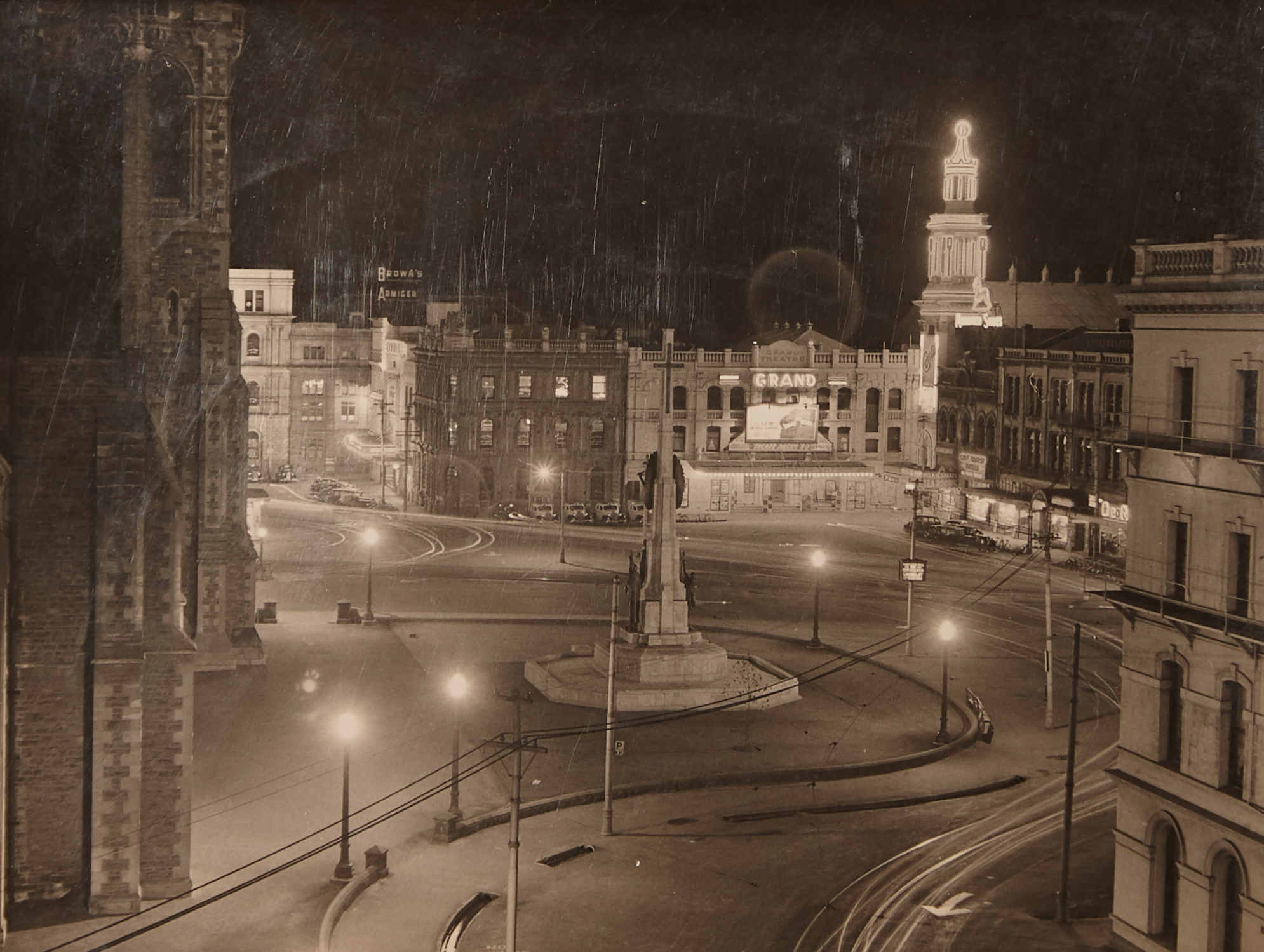
Te Whanganui-a-Tara – Leading New Zealand soci-economic research company Berl has produced a report comparing Aotearoa in the 1950s with today.
In the 1950s New Zealand experienced a period of increasing standard of living, with virtually no unemployment, and a growing economy.
The country was going through the post-war baby boom, with record population growth. Cultural change was also underway, the rise of rock n’ roll was causing social upheaval, and the older generations were concerned about juvenile delinquency, the report says.
According to Statistics NZ, in 1957 real gross domestic product adjusted for inflation) grew by 1.9 percent. Real economic growth also occurred in most other years throughout the 1950s.
At the same time, the country had virtually full-employment, with an unemployment rate of only one percent. There was a running joke that the Minister of Labour was on a first-name basis with those collecting the unemployment benefit.
In 1957, the year Berl started, only 37.6 percent of the adult population was active in the labour force. This was the result of a low participation rate of only 18 percent for women, compared to 57 percent for men.
In the December 2021 quarter, the labour force participation rate was 71.1 percent, with the participation rate for women reaching 66.6 percent, and the rate for men reaching 75.6 percent.
Back in the 1950s, the annual inflation rate fluctuated more than during the past decade (leaving aside the recent spike in prices). Inflation reached a high of 10.4 percent in 1951 and fell to a low of 1.6 percent in 1957. That was before the Reserve Bank Act of 1989 which gave the Bank greater autonomy and formalised price stability as its primary objective.
International merchandise trade in the 1950s was similar in composition to today’s trade, but wildly different in terms of trade partners. New Zealand’s major exports back then, as now, were mainly from the primary sector. Much like today, the country exported large quantities of dairy, meat, wool, and wood.
In the 1950s, the United Kingdom was by far Aotearoa’s largest trading partner, followed by the United States, and some European countries. Since then, New Zealand has moved away from Europe and expanded trade with countries in the Asia-Pacific region.
New Zealand society has changed significantly since the 1950s. As the table below shows, back then, the country’s population was significantly less ethnically diverse than it is today.
This was the result of decades of an openly discriminatory immigration policy which prioritised immigrants from Britain, Scandinavia and Northern Europe, and actively put up barriers against non-White immigrants.
A Department of External Affairs memorandum from 1953 openly admitted their policy was against all persons who were not wholly of European race and colour.
It was only in the 1970s that New Zealand’s immigration policy started to shift towards a skills and merits based approach, which opened the doors to ethnically diverse migrants.
It is important to note that in the table below the numbers do not add up to the total. The ethnic groups were broken up differently in the two censuses, so it is only possible to compare those groups that were formed with a similar methodology.
In most years, the absolute natural growth of the population, births minus deaths, reached a new record. In 1957, the absolute natural growth of the population reached 37,622, representing a 1.7 percent growth rate.
By comparison, since 1973 annual growth has been smaller than in 1957, and in 2021 absolute natural growth was only 27,700, representing a growth rate of 0.5 percent.
Photo: Christchurch’s Cathedral Square in the 1950s

